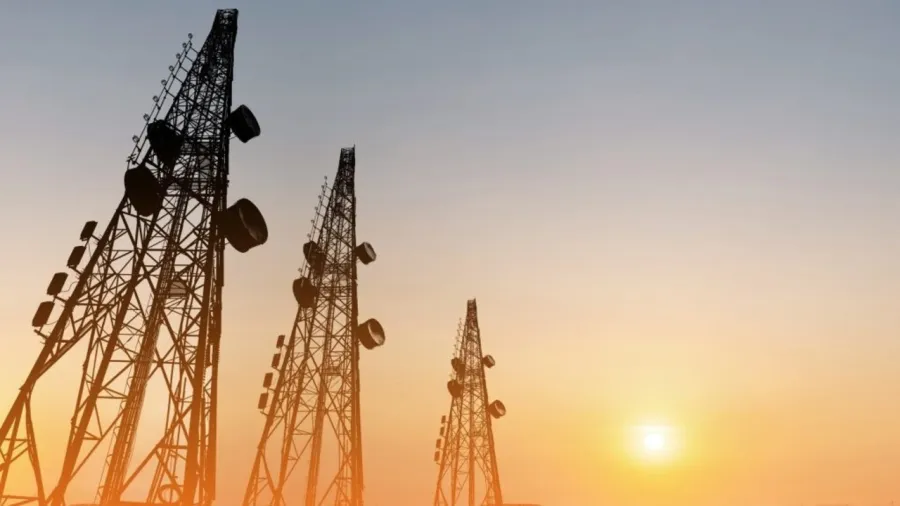
The UK Government has announced 50 existing mobile masts across England, Scotland and Wales have been upgraded to improve rural mobile coverage.
The masts, which were initially only used to connect EE customers and those calling 999, have now been upgraded to provide coverage from all mobile network operators.
They cover a footprint equivalent to the size of 66,470 football pitches – as has become an established metric for such things – and the majority of them are providing new coverage to designated areas of outstanding natural beauty or national parks such as Snowdonia and Lake District.
The upgrade is pitched as benefitting thousands of local residents and many more visiting the surrounding areas by piping in 4G to remote communities who previously had rubbish signal. It’s part of the Shared Rural Network programme, a joint effort by the Government and operators to improve connectivity in rural areas of the UK.
The North York Moors National Park, parts of the Southern Upland Way, and the Shropshire Hills are listed as the areas benefiting the most from the project. Wales has apparently seen the biggest impact in general, with remote parts of Berwyn Mountains, Brecon Beacons and the Clwydian Range and Dee Valley now covered by all four UK networks after the upgrades.
“The growth potential of our areas of outstanding natural beauty must not be stunted by patchy internet,” said Telecoms Minister Sir Chris Bryant. “This milestone is a major step forward for better connectivity for all corners of the UK meaning everyone can reap the benefits of the digital age. From boosting tourism and business opportunities to providing safer outdoors experiences for visitors to our treasured countryside.”
Ben Roome, CEO of Mova, which runs the SRN programme, added: “This is a big milestone for rural mobile coverage. Thanks to strong collaboration between government and industry, 50 publicly funded masts are now live — including this one in Upper Chapel — helping to close the mobile coverage gap for residents, businesses and visitors.
“These masts build on the success of the mobile operators hitting their industry-funded targets a year early. Since the Shared Rural Network began, coverage from all four operators has grown from 66% to 81% of the UK — an increase the size of Wales and Northern Ireland combined. With further sites being upgraded and built over the next two years, more people in rural areas will benefit from better mobile coverage.”
However challenges remain for UK’s 4G and 5G networks, argues Rafael Gonzalez, SVP EMEA at MedUX – a firm which recently put out a report claiming London’s 5G performance is significantly lagging compared to 15 major European cities.
“This should be celebrated as a key milestone for the UK,” he said. “Meaningful connectivity everywhere is essential for driving economic growth and enhancing the quality of life for all, yet unfortunately the average network experience in the UK has generally been behind its European peers so it’s great to see the coverage gap close for all.”
“As the network investment continues to grow, capital expenditure should focus specifically on overlooked factors to maximise coverage, availability, reliability and performance. These factors are crucial for improving network quality and contributing positively to social welfare. Enhanced 4G and 5G services can significantly contribute to the economy by enabling new business models and services, fostering innovation, and improving productivity across various sectors. It can also transform public services by improving emergency response times, environmental monitoring, supporting telemedicine, thereby improving public safety and health outcomes.”
In terms of next steps for the SRN, 50 more government funded sites in England, Wales and Scotland are also being targeted for upgrades by March 2026.









